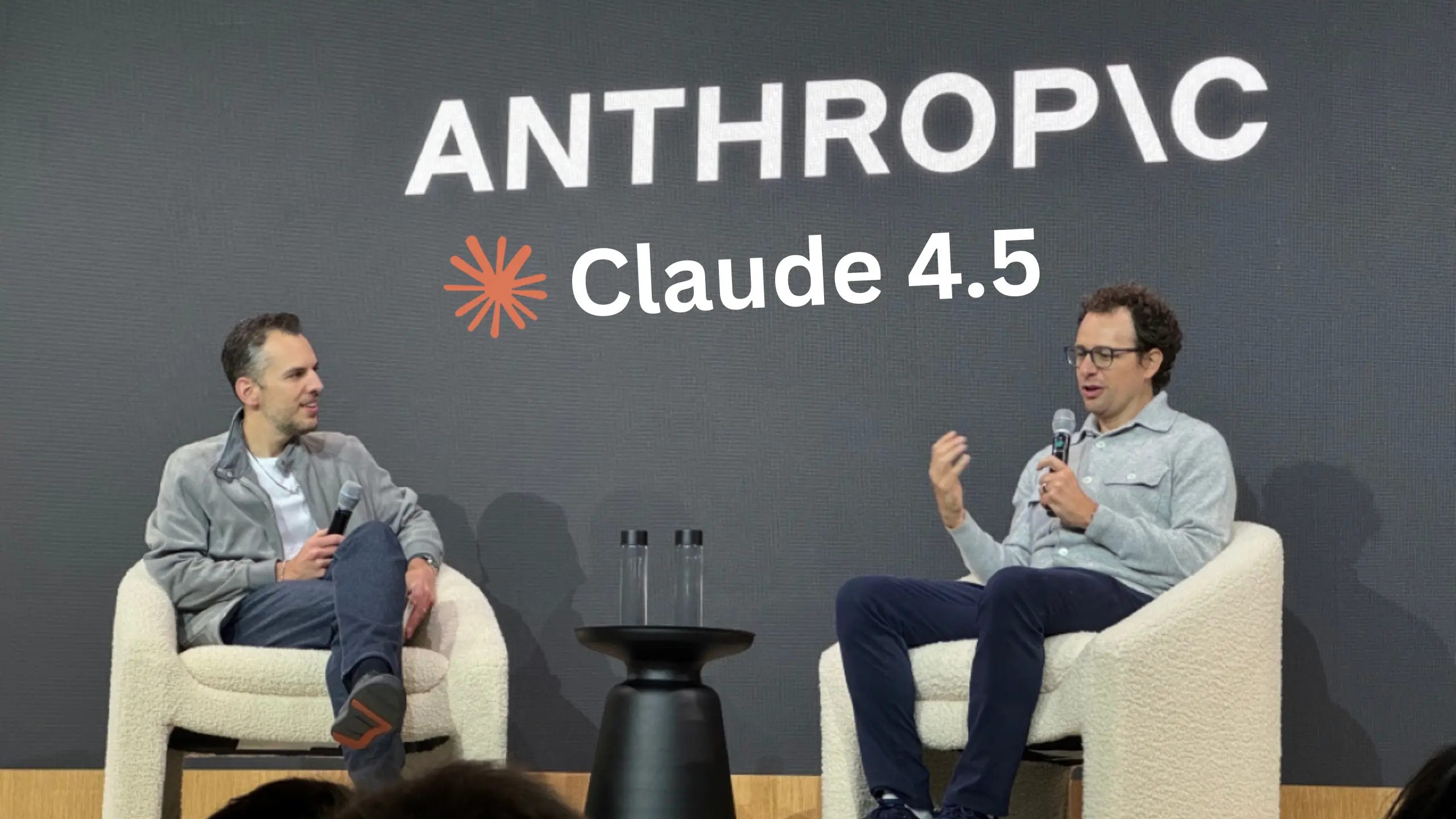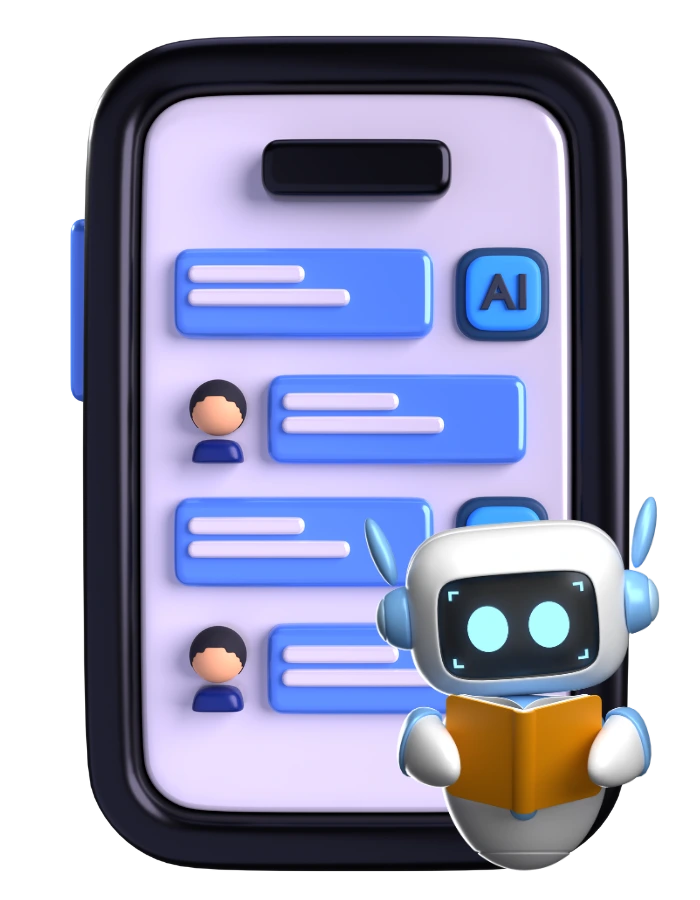In our 20-years journey in the tech-marketing world, we’ve seen waves of innovation — each promising to make tasks faster, smarter, more intuitive. Today, we believe we’re at one of those inflection points. Enter Claude Opus 4.5: the latest flagship model from Anthropic, built to transform everything from software engineering to spreadsheets, multi-step agent workflows and slide-deck creation.
In this blog, we’ll explore what Claude Opus 4.5 is, what’s new and different this time, how it stacks up against its predecessors and competitors, and why organisations (including ours) should pay attention. We’ll use accessible language while retaining substance, because we believe the story matters as much as the specs.

What is Claude Opus 4.5?
Simply put, Claude Opus 4.5 is the newest version of the “Opus” line of large-language models (LLMs) from Anthropic. The Opus models sit at the top tier of the Claude family — designed for the highest-end tasks. The Claude family also includes the Sonnet and Haiku lines (mid and lighter-weight models).
What makes this version stand out is two-fold: one, advanced capability across coding, agentic workflows, and computer/office-use tasks; two, practical deployment and pricing that make it more accessible than earlier “flagship” models. According to the official release, it is now available via Anthropic’s consumer apps, API, and on major cloud platforms (AWS, Google Cloud, Azure) — meaning organisations and developers can plug in
From our vantage, this signals a shift: LLMs are becoming not just “chatbots that answer questions” but “productivity engines” that can span code refactoring, agent-orchestration, multi-file reasoning, and high-stakes workflows. Claude Opus 4.5 is Anthropic’s statement on that next generation.

What’s new in Claude Opus 4.5?
Here are the key enhanced capabilities and changes that make this version noteworthy.
1. Coding & engineering prowess
-
In internal benchmarking, Claude Opus 4.5 reportedly beat its predecessor and peers in coding tasks — for example on the SWE-Bench Verified benchmark.
-
It out-performed human candidates on a two-hour engineering take-home test given by Anthropic, scoring higher than any human ever taking it.
-
It’s designed for refactoring multi-system code bases, bug-fixing, migrations and multi-step workflows rather than just “write single function”.
2. Agentic workflows and tool use
-
Claude Opus 4.5 emphasises “agentic” capabilities — i.e., models that not only respond but plan, take multi-step actions, use external tools, switch contexts and self-iterate.
-
It introduced a new “effort parameter” in the API: you can control how much effort (tokens, compute) the model uses, letting you trade off thoroughness vs latency/cost.
-
It offers improved “computer use” capabilities: enhanced vision, “zoom” actions on screenshots, better manipulation of UIs/tools, better spreadsheet and slide work.
3. Reasoning, mathematics & vision
-
According to Anthropic, the model has improved reasoning depth, better handling of ambiguity and trade-offs (without being told step-by-step), and stronger vision/mathematics capabilities.
-
It also supports longer context windows, and better memory behaviours: for example, improved ability to remember relevant details versus just blindly using a long window.
4. Accessibility & pricing
-
One big shift: previously, “top tier” models cost a premium and were outside reach for many. Claude Opus 4.5 has pricing of US $5 per million input tokens and US $25 per million output tokens.
-
It’s also broadly available across Anthropic’s ecosystem: Pro, Max, Team, Enterprise plans; API; major cloud partners.
5. Availability and integration
-
It’s being rolled out via integrations such as GitHub Copilot where Opus 4.5 is in public preview for coding agents.
-
Also integrations into desktop apps, Excel/Chrome extensions, etc.
Why this version is better (and why it matters)
From our strategic-marketing lens, here’s why Claude Opus 4.5 marks a meaningful upgrade and why stakeholders (developers, enterprises, IT leads) should care.
Better efficiency and cost-control
Because Opus 4.5 uses fewer tokens to reach similar or better outcomes, the cost per successful task is lowered. Anthropic claims token-usage improvements (half the tokens, in some cases) compared to earlier models. For organisations scaling AI workflows this matters: cost, latency, and reliability all improve.
Broader use-case applicability
Earlier LLMs often excelled at one domain (chat, summarisation, code snippet). Opus 4.5 is designed for “complex, multi-system, multi-step” scenarios — real world workflows. Whether generating a slide deck, rewriting codebases, automating Excel financial models, or orchestrating agents, this is not a one-trick pony.

Integration readiness & enterprise fit
The fact that it’s available via major cloud platforms and developer APIs, and supporting tool-use and agents, shows readiness for enterprise adoption. For companies ready to embed AI into productivity workflows (not just experiments), this matters.
Competitive edge in the coding space
In the race among leading AI models, coding/agentic workflows are increasingly important. Opus 4.5’s reported benchmark wins give Anthropic (and users who adopt it) an advantage in leveraging AI for engineering productivity.
Marketing Story & Positioning
From a marketing communications perspective, a model that claims “intelligent, efficient, enterprise-ready” ticks a lot of boxes: productivity gains, cost savings, future proofing.
Use Cases We’re Watching (and Considering)
In our organisation we’re already assessing how Claude Opus 4.5 might be applied. Here are some compelling scenarios:
-
Large-scale code migrations/refactoring — Instead of manual rewriting, the model can plan, auto-generate, debug, test across modules.
-
Agent orchestration for research + slide deck generation — e.g., an agent that takes business requirements, researches the market, generates slides and Excel models, then reviews & iterates.
-
Excel & financial modelling automation — Because the model supports sophisticated spreadsheet tasks and even visual UI “zoom” on UI elements.
-
Knowledge-worker productivity acceleration — Analysts, consultants, designers can use it for deep-research, slide and report generation, iterative refinements, not just one-time drafts.
-
Integrated in developer workflows — With GitHub Copilot and other IDE integrations, coding teams can directly adopt Opus 4.5 to assist builds, tests, bug-fixes.
We believe that companies who adopt such models early have a chance to improve engineering throughput and knowledge-worker output significantly.
Going Forward—Points to Watch
Adoption always comes with caution. A few things for organisations and IT leaders to keep in mind:
-
Alignment & safety: As models become more powerful, risk of undesirable behaviour, hallucinations, or misuse increases. Even though Anthropic emphasises safety, enterprises must maintain governance.
-
Token usage and cost management: As you scale, monitoring how many tokens, what “effort parameter” you use, and cost per task becomes critical.
-
Integration friction: Powerful tools are only useful when well-integrated into workflows (tools, systems, identity/access, data governance).
-
Human oversight: Even the best AI models are not free of errors. Ensuring human-in-loop review remains important.
-
Change management: For knowledge-workers and dev teams, adopting such a model means training, trust building, process definition.
-
Focus on ROI & metrics: Since this model promises productivity, it’s important to define KPIs (engineering time saved, report turnaround reduced, error rate dropped) to measure success.
FAQ’s
1. What is Claude Opus 4.5?
Claude Opus 4.5 is Anthropic’s latest hybrid-reasoning AI model built for coding, agents, research, and computer-use tasks. It offers stronger vision, reasoning, and mathematical capabilities than previous models.
2. What’s new in Claude Opus 4.5?
It brings major upgrades in deep research, spreadsheet work, slide creation, ambiguity handling, and multi-step reasoning. It’s also more robust against prompt-injection attacks.
3. Why is it better than earlier versions?
Claude Opus 4.5 performs tasks that were difficult for Sonnet 4.5, uses far fewer tokens, handles complex tradeoffs without heavy guidance, and delivers more accurate results.
4. Where is it available?
It’s available in Anthropic’s apps, API, and across AWS, Google Cloud, and Microsoft Azure. Developers can use it via the endpoint claude-opus-4-5-20251101.
5. What about pricing?
The cost is $5 per million input tokens and $25 per million output tokens.
Resource Center
These aren’t just blogs – they’re bite-sized strategies for navigating a fast-moving business world. So pour yourself a cup, settle in, and discover insights that could shape your next big move.
How Claude Opus 4.5 from Anthropic Changes the Game for Coding, Agents & Office Work
In our 20-years journey in the tech-marketing world, we’ve seen waves of innovation — each promising to make tasks faster, smarter, more intuitive. Today, we believe we’re at one [...]
What is the step-by-step roadmap for building an AI app from idea to launch?
Building an AI-driven application has become one of the most transformative opportunities for modern businesses. Over the years, while helping startups, enterprises, and fast-growing digital brands bring their AI [...]
Unleashing the Creative Beast: How Google’s Nano Banana Pro is Redefining AI Image Generation
As a tech enthusiast and marketer, we’ve watched the evolution of AI-driven image generation for years—first fun filters, then serious design tools, and now full-fledged creative engines. Enter Nano [...]

